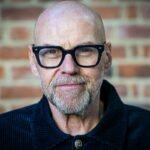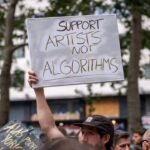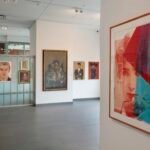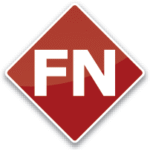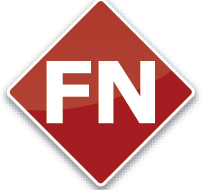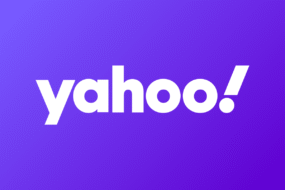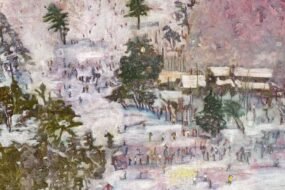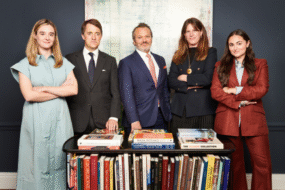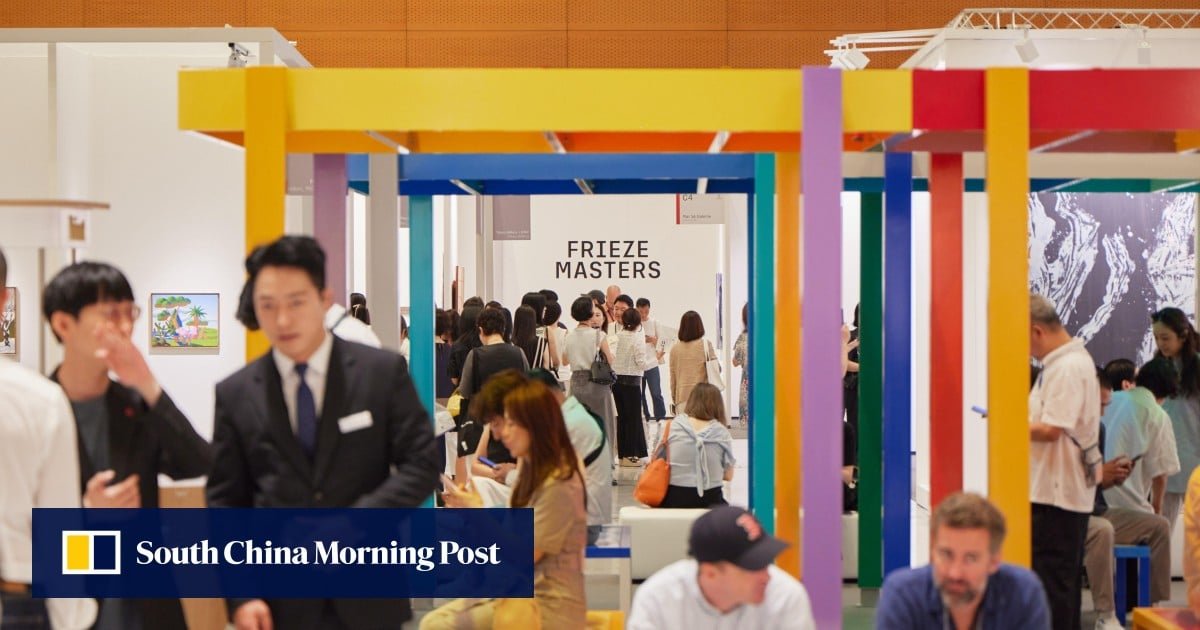
The start of September saw hundreds of galleries flock to Seoul and major exhibitions open at many of the city’s museums as two contemporary art fairs – Frieze Seoul and Kiaf – opened to mark the South Korean capital’s annual Art Week.
Now in their fourth year of partnership, the twin fairs continue to attract a huge number of international visitors even amid the slowdown in the global art market.
Frieze Seoul, run by the UK-based Frieze, a rival to Art Basel, hosted 121 exhibitors from 28 countries and registered more than 70,000 visitors from 48 nations over four days.
Representatives from over 160 museums and institutions attended, the organisers said, including the Museum of Modern Art, Tate Modern, and well-known regional players such as Hong Kong’s M+, Japan’s Benesse Art Site Naoshima and Museum Macan from Indonesia.
The number of exhibitors changed little from the year before and regular blue-chip participants such as Hauser & Wirth, Gagosian, Lisson, White Cube, Thaddaeus Ropac, David Zwirner, and local heavyweights Kukje Gallery and Gallery Hyundai maintained their presence.
But more than 40 galleries did not return, including Karma and Michael Werner. Their absence was made up for by the return of previous participants and 24 galleries that made their debut – with notable participation from Hong Kong spaces including De Sarthe and 10 Chancery Lane Gallery.
Headline sales came from the major players. Mark Bradford’s monumental triptych Okay, then I apologise (2025) was acquired for US$4.5 million by an Asian collector on opening day, setting a record as the highest price paid for a single artwork at Frieze Seoul.

